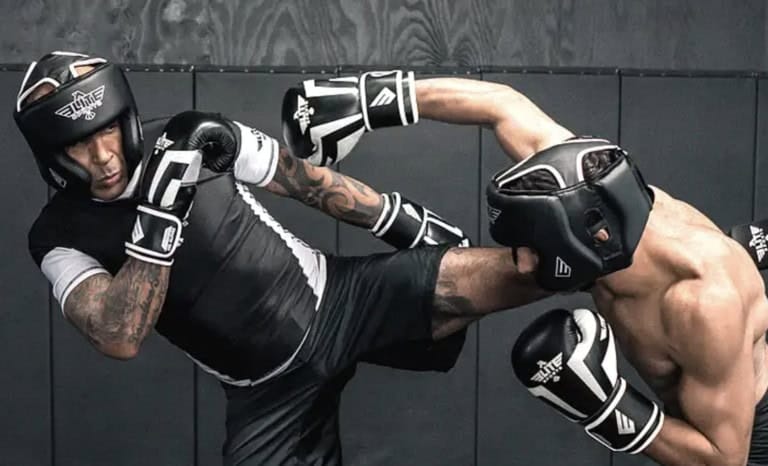The world of combat sports has evolved dramatically over the past three decades. What began as a spectacle of style-versus-style matchups has transformed into one of the fastest-growing sports on the planet. Learning how to get into MMA professionally isn't just about fighting—it's about embracing a lifestyle that demands physical excellence, mental fortitude, and unwavering discipline.
As someone who's spent decades immersed in martial arts, I've witnessed firsthand the transformative power these disciplines can have. From my early days in Isshin Ryu Karate to teaching Aikido, exploring striking and BJJ, I've seen countless individuals walk into gyms as beginners and emerge with not just improved fighting skills, but enhanced confidence, discipline, and character. The path to becoming an MMA fighter isn't straightforward, but with proper guidance, dedication, and strategy, it's certainly achievable.
The challenge most newcomers face isn't just physical—it's navigating the complex landscape of training methods, disciplines, and career progression. Many aspiring fighters make critical mistakes early on, either burning out from overtraining or developing bad habits that limit their potential.
In this comprehensive guide, I'll break down the journey from complete novice to cage competitor, offering insights from my years of experience in martial arts. Whether you're looking to compete professionally or simply want to train like a fighter, this roadmap will help you avoid common pitfalls and accelerate your progress.
Let's explore what it truly takes to step into the octagon and succeed in one of the world's most demanding sports.
What Does It Mean to Be a Pro MMA Fighter?
Being a professional MMA fighter means far more than simply competing for money. It represents the pinnacle of combat sports achievement—a status earned through years of dedicated training, countless sacrifices, and unwavering mental fortitude. Unlike many traditional sports, mixed martial arts training demands mastery across multiple disciplines, combining striking, grappling, and wrestling into a seamless fighting system.
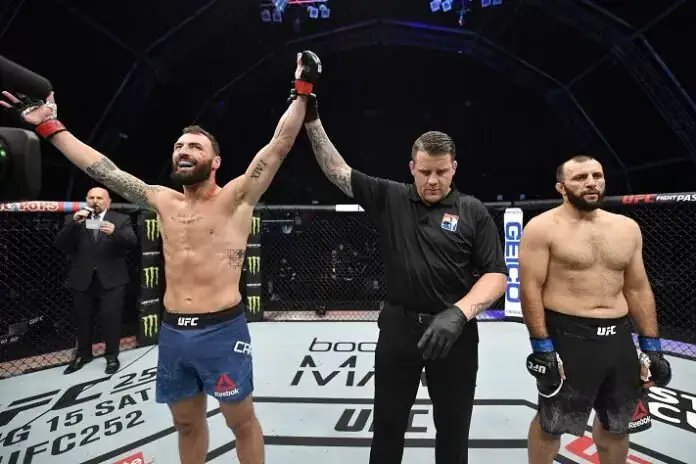
Photo by Jeff Bottari/Zuffa LLC
The Reality Beyond the Spotlight
The reality of professional fighting often gets obscured by highlight reels and promotional videos. The glamorous fights you see on pay-per-view represent only a fraction of a fighter's life. Behind each of those moments are thousands of hours of grueling training sessions, strict dietary discipline, and physical rehabilitation.
What we, the general public, don't see are the hundreds of hours of preparation for those few minutes—the endless drilling, the painful sparring sessions, the strict diets, and the mental preparation that consumes a fighter’s entire life.
The Professional Mindset
Transitioning from training in mma class to becoming a professional requires a fundamental shift in mindset. What begins as a passion must evolve into a career approach, where every decision—from nutrition to sleep patterns—revolves around performance optimization.
Professional fighters must also navigate the business aspects of the sport, managing relationships with promoters, coaches, sponsors, and fans while maintaining peak physical condition. This requires a level of dedication that few other professions demand, transforming what begins as a hobby into a comprehensive lifestyle.
Why Pursue a Career in Mixed Martial Arts?
The decision to pursue MMA goes beyond the allure of competition. For many, mixed martial arts training offers a unique combination of physical challenge, mental development, and personal transformation that few other pursuits can match.
Personal Growth Through Combat
From my vantage point as a martial artist in traditional disciplines, I've observed how MMA accelerates personal development in ways that single-discipline training often cannot. The integration of different fighting styles forces practitioners to confront weaknesses, adapt to challenges, and develop resilience that transforms character both inside and outside the gym.
UFC Hall of Famer Forrest Griffin captured this transformative aspect perfectly in his book "Got Fight?". Fighting teaches you about yourself in a way nothing else can. When you're exhausted, hurt, and want to quit, that's when you find out who you really are. Those lessons will shape every aspect of your life.
Career Opportunities
Beyond personal development, professional MMA offers various career paths. While championship glory attracts many, the sport also creates opportunities in coaching, promotion, media, and entrepreneurship. Many fighters have leveraged their experience to build gyms, develop training programs, or create media platforms.
MMA, a.k.a. Mixed Martial Arts, represents a community where dedication is rewarded with belonging. The relationships forged through shared struggle create networks that extend far beyond competitive careers.
The path isn't easy, but for those willing to commit, few life choices offer the same potential for holistic growth and achievement. As someone who's witnessed many students transform through martial arts, I can attest that the journey itself delivers rewards that transcend any championship belt.
What are Some Core Disciplines You Need to Master
Success in MMA requires proficiency across multiple combat sports disciplines, each serving as an essential component of a complete fighter's arsenal. Understanding these foundational arts allows you to develop a well-rounded skill set necessary for competitive success.
The Grappling Foundations
Brazilian Jiu-Jitsu (BJJ) stands as perhaps the most crucial grappling art for MMA success; (some would argue that Wrestling should be in the first position). Through years of exposure to this discipline, I've observed how it teaches efficient ground control, submission techniques, and defensive positioning that proves invaluable inside the cage.
Wrestling serves as the other critical grappling foundation, providing takedown skills and defensive techniques that determine where fights occur. The explosive power, balance, and control developed through wrestling create advantages that translate directly to MMA competition.
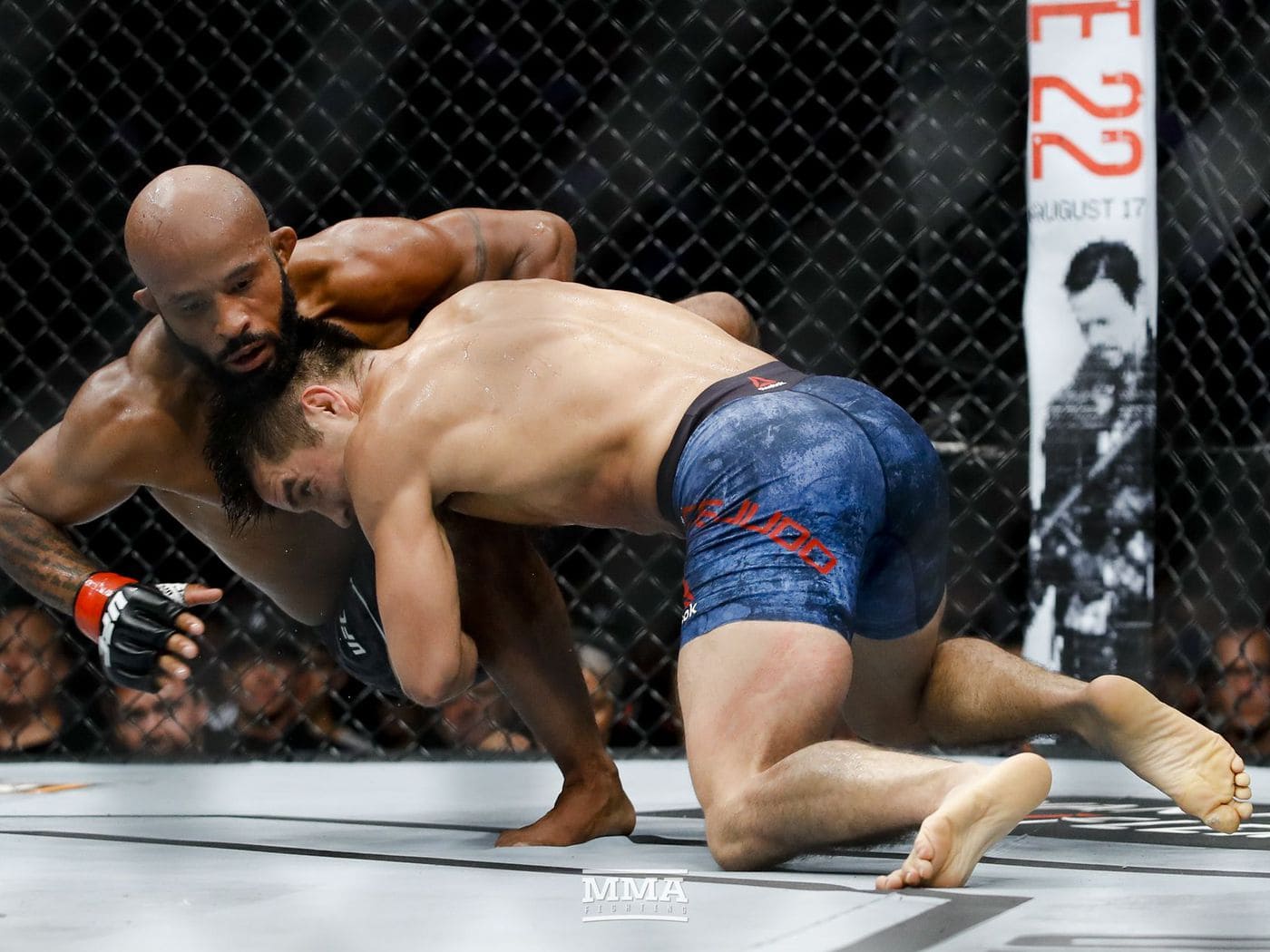
Source: MMA Fighting
Former UFC champion and Olympic wrestler Henry Cejudo is a perfect example of someone who understands that Wrestling isn't just about taking someone down—it's about dictating where the fight happens. He controls whether the fight is standing or on the ground, which gives him a massive advantage in implementing his game plan and neutralizing their opponent's strengths.
The Striking Arts
Muay Thai offers perhaps the most complete striking system for MMA, incorporating punches, kicks, knees, elbows, and clinch work. This "science of eight limbs" develops dangerous offensive capabilities at all ranges of stand-up fighting.
While traditional boxing focuses solely on punches, its refined footwork, head movement, and hand combinations provide the precision striking foundation that complements broader martial arts training.
Growing up watching boxing's iconic moments like "The Rumble in the Jungle" and "The Thrilla in Manila" gave me an appreciation for the sweet science that I've carried throughout my martial arts journey. The precision and efficiency of boxing fundamentals remain as relevant in today's MMA landscape as they were in those classic bouts.
Additional disciplines like Sambo, Judo, Karate, and Taekwondo can offer specialized techniques that create unique advantages. The key is understanding how these mma types integrate into a cohesive fighting system rather than treating them as separate arts.
Have You Evaluated Your Commitment?
Before diving into how to join MMA, you must honestly assess your commitment level. The path to becoming a fighter demands sacrifices that extend far beyond physical exertion—it reshapes your entire lifestyle.
The Time Investment Reality
I've seen countless enthusiastic beginners rush into training only to burn out within months. Professional track training isn't a casual hobby; it requires 3-5 hours daily across multiple disciplines. This means early mornings for conditioning, afternoon technical sessions, and evening sparring or live drilling.
If you follow any MMA Champion, they all have a similar story. People don't understand that fighting is a full-time job plus overtime. They train three times a day, six days a week when preparing for a fight. That's before you count recovery work, film study, and nutrition prep. Their entire life revolves around training camps—they miss birthdays, holidays, everything. That's the price they pay for pursuing this at the highest level.
Financial Considerations
The financial aspects of pursuing MMA often surprise newcomers. Quality training across multiple disciplines isn't cheap—gym memberships, private coaching, proper nutrition, supplements, and medical care quickly add up. Early in your career, these investments typically exceed any competition earnings.
Before committing to this path, evaluate your financial stability, support system, and ability to maintain this lifestyle for years with potentially limited immediate return. The journey requires patience and sacrifice before any significant financial rewards materialize.
Here's How to Get Into MMA
After evaluating your commitment level, you're ready to begin your structured journey into mixed martial arts. The following steps provide a comprehensive roadmap that will help you build a solid foundation while avoiding common pitfalls that derail many aspiring fighters.
Step 1: Find the Perfect Gym for Your Training
Your choice of training facility fundamentally shapes your development. Look beyond flashy marketing or convenient locations to evaluate what truly matters: coaching quality, training partners, and gym culture.
When searching for the right gym, I always advise observing classes before committing. Watch how coaches interact with different skill levels and note whether the environment fosters growth or merely celebrates the already skilled. The best facilities maintain a balance between competitive excellence and supportive learning.
Visit multiple facilities, take trial classes, and speak with current members before deciding. Remember that different disciplines might require different gyms—many fighters train BJJ at one location and striking at another to access specialized coaching.
Step 2: Build a Training Plan That Works
Once you've found your training home, developing a strategic progression plan becomes essential. Martial arts for beginners shouldn't involve haphazard training across disciplines—it requires systematic skill building.
I structure beginner programs around fundamental movement patterns and principles that transfer across disciplines. This might mean focusing initially on stance, footwork, and basic defensive postures before adding complex offensive techniques.
Work with experienced coaches to develop a personalized plan that accounts for your current abilities, previous athletic experience, and specific goals. This roadmap should include both technical development and appropriate physical conditioning, with regular assessment points to measure progress.
Step 3: Focus on Cardio and Physical Conditioning
The physical demands of MMA exceed most sports. Even technically skilled fighters fail when conditioning falters. Developing sport-specific endurance through proper conditioning protocols is absolutely essential.
From observing fighters and speaking with coaches, it's clear that there's a significant difference between general fitness and fight-specific endurance. While running and traditional cardio build a base, nothing replaces the specific demands of grappling and striking intervals.
UFC coach Firas Zahabi has a proven conditioning approach: Fight conditioning isn't just about being able to run long distances. It's about maintaining technique and power while fatigued, recovering quickly between exchanges, and sustaining output across multiple rounds. This requires specialized interval work that mimics fight conditions, not just traditional cardio approaches.
Develop a conditioning program that includes:
- Aerobic base building through steady-state cardio
- Anaerobic capacity through high-intensity intervals
- Sport-specific conditioning through drilling and sparring progressions
- Recovery protocols to prevent overtraining
Remember that proper conditioning not only improves performance but also reduces injury risk by maintaining technical precision even when fatigued.
Step 4: Self-Study and Practice
While formal training provides the foundation, champions are built in the hours between classes. Developing a disciplined self-study practice accelerates progress and demonstrates the commitment necessary for long-term success.
In my discipline, I encourage my students to maintain detailed training journals, recording techniques, coaching cues, and personal insights. This documentation creates a personalized reference that enhances retention and identifies patterns in both strengths and weaknesses.
Supplement physical training with strategic fight analysis. Study competitions critically, focusing not just on techniques but on timing, setups, and strategic decision-making. This analytical development builds the fight IQ necessary for competitive success.
Step 5: Stretch and Develop Flexibility
Flexibility often receives less attention than strength or cardio, yet it fundamentally impacts both offensive capabilities and injury prevention. Developing functional mobility specific to fighting movements should be a daily practice.
Throughout my years in martial arts, I've emphasized consistent flexibility work with students to prepare their bodies for the demands of grappling. The difference in progress between practitioners who prioritize mobility and those who neglect this aspect is remarkable.
Develop a consistent flexibility routine that includes:
- Dynamic mobility warmups before training
- Static stretching during cool-downs
- Yoga or specialized mobility work on recovery days
- Sport-specific flexibility targeting fighting movements
Remember that flexibility development requires consistency rather than intensity—daily moderate stretching produces better results than occasional extreme sessions.
Step 6: Embrace Cross-Training
While specializing eventually becomes necessary, early development benefits tremendously from cross-training across complementary disciplines. This diversified approach builds a more adaptable skill set and prevents plateaus.
Throughout my martial arts journey, I've found that concepts from one discipline often illuminate aspects of another. The body mechanics of Aikido enhanced my understanding of BJJ leverage, while boxing footwork principles improved my karate mobility.
Strategically incorporate complementary training modalities that address your specific weaknesses while building on existing strengths. This might include gymnastics for body control, swimming for cardio without impact, or yoga for recovery and mobility.
Step 7: Start with Wrestling and Brazilian Jiu-Jitsu
While a complete fighter needs all skills, beginning with grappling provides the strongest foundation for long-term development. Wrestling and BJJ create fundamental body awareness and defensive capabilities that facilitate later striking development.
When advising newcomers on how to start MMA, I consistently recommend establishing grappling comfort before focusing heavily on striking. This approach builds confidence in close-range fighting while developing the clinch skills necessary for modern MMA.
Spend at least 6-12 months developing solid grappling fundamentals before equalizing your training time across disciplines. This investment creates defensive security that allows for more confident striking development later.
Step 8: Wait Before Specializing in Striking Arts
Striking arts require properly prepared bodies and fundamental movement patterns to prevent injury and develop proper technique. Rushing into intensive striking too early often results in compensatory movements and bad habits that limit long-term potential.
If you follow experienced MMA coaches, they often note that fighters with good body awareness and coordination from other physical activities tend to acquire striking skills more efficiently. This foundation allows them to focus on technique rather than struggling with basic movement patterns.
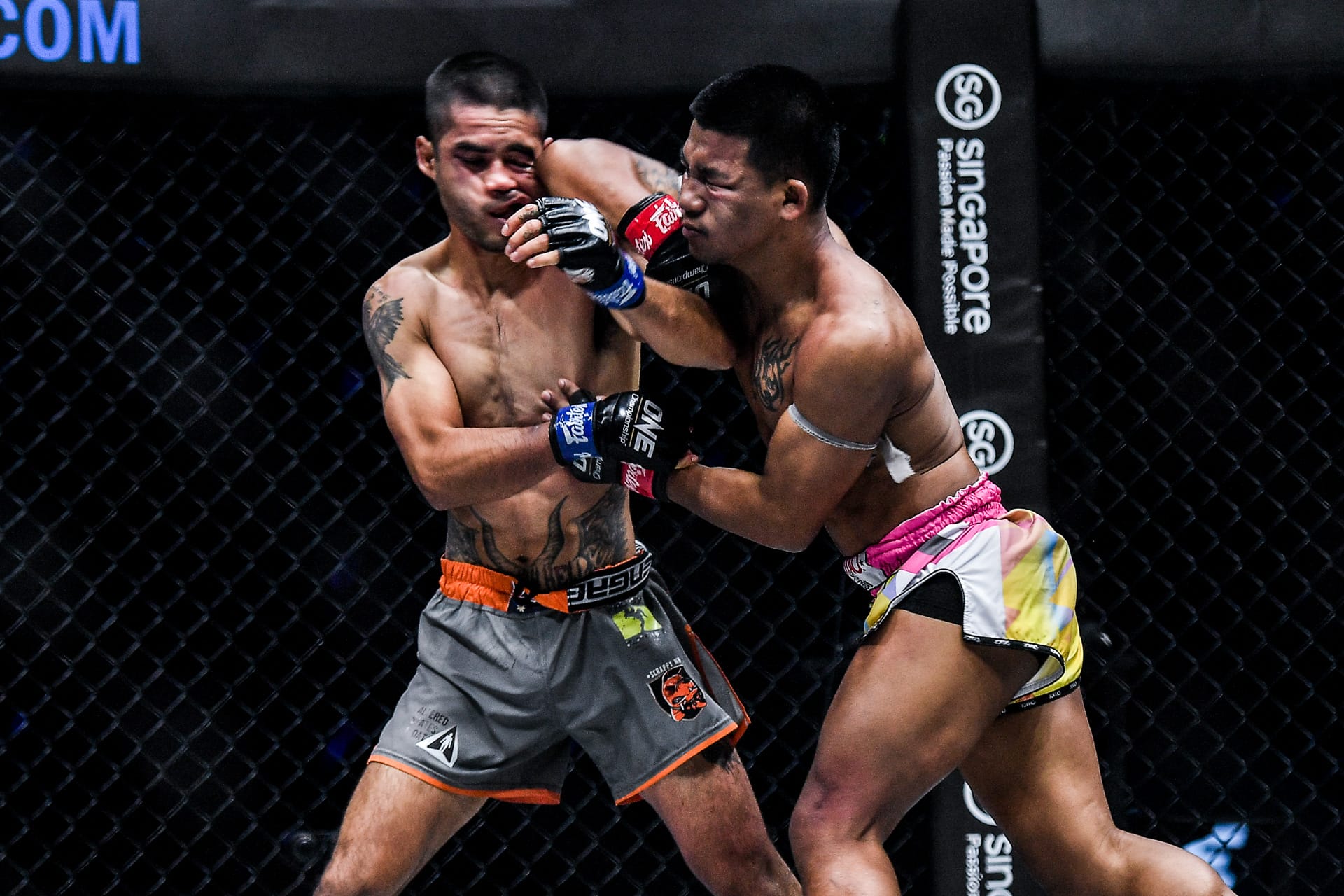
Source: SingaporeMave
The biggest mistake beginners make is throwing maximum power before developing proper technique. This creates compensatory movements that become deeply ingrained and nearly impossible to correct later. Start with movement quality and precise technique at moderate intensity, gradually increasing power as patterns become automatic.
When beginning striking training, focus on:
- Proper stance and footwork mechanics
- Basic defensive movements and guards
- Fundamental strikes with perfect form at reduced power
- Gradually increasing intensity as technique solidifies
This measured approach prevents the development of bad habits while reducing injury risk during the learning process.
Step 9: Compete at the Amateur Level
Theory becomes reality in competition. Amateur fights provide invaluable experience while revealing strengths and weaknesses that might remain hidden in training. This testing ground is essential before considering professional competition.
I've witnessed many technically gifted practitioners struggle in competitive settings—not due to skill deficiency but because of the psychological pressures and energy management challenges unique to actual fights.
Build your amateur career strategically:
- Begin with in-gym competitions and grappling tournaments
- Progress to amateur MMA in smaller promotions
- Gradually increase competitive challenge as experience grows
- Aim for 8-12 amateur fights before considering professional transition
Use each competition as a learning experience, focusing more on performance quality and specific skill implementation than on wins and losses during this developmental phase.
Step 10: Develop Mental Toughness for the Cage
Technical skills falter without the mental fortitude to implement them under pressure. Developing psychological resilience through specific practices proves essential for competitive success.
Throughout my journey, I've found that mental training often differentiates otherwise equally skilled practitioners. The ability to remain present, focused, and composed during adversity doesn't develop automatically—it requires deliberate practice.
Develop mental toughness through:
- Visualization practices that rehearse both success and adversity
- Mindfulness training to improve present-moment awareness
- Controlled exposure to increasingly challenging situations
Working with sports psychologists on specific mental skills
Remember that mental skills, like physical techniques, require consistent practice to develop. Integrate psychological training into your daily routine rather than treating it as a separate component.
Step 11: Learn to Strategize for Success
Fighting intelligence extends beyond techniques to strategic thinking. Developing the ability to create and implement effective game plans transforms physical abilities into consistent competitive success.
Effective strategy must be personalized to leverage individual strengths while exploiting specific opponent weaknesses. Generic approaches rarely yield optimal results in competitive settings, where specific matchups often determine outcomes.
Develop strategic thinking through:
- Detailed analysis of your own performance patterns
- Studying potential opponents' tendencies and preferences
- Creating specific tactical approaches for different fighting styles
- Regular strategy sessions with coaches to refine game planning skills
This analytical development complements physical training to create more complete fighting capabilities.
Step 12: Build Your Brand and Network in the MMA Community
Success in professional MMA extends beyond fighting ability to building relationships and personal branding. Developing these aspects early creates opportunities that skills alone might not generate.
I've seen technically gifted fighters stall their careers through isolation, while more connected and marketable competitors with similar abilities advance more quickly. The business aspects of fighting require their own development.
Strategically develop your professional presence through:
- Building relationships with local promoters and industry figures
- Creating a consistent social media presence that showcases your journey
- Developing public speaking and interview skills
- Forming connections with potential sponsors aligned with your images
This professional development complements athletic progression to create more sustainable career opportunities.
Step 13: Transition to Professional MMA
The leap from amateur to professional fighting represents a significant milestone requiring careful consideration and preparation. This transition should occur only when specific benchmarks have been achieved.
The transition to professional fighting demands comprehensive readiness rather than just fighting ability. The increased stakes at the professional level require complete preparation across multiple dimensions—technical, physical, mental, and financial.
Consider these benchmarks before transitioning:
- 8-12 successful amateur bouts with increasing competition quality
- Demonstrated proficiency across all fighting domains
- Physical conditioning appropriate for longer professional rounds
- Management team and support system in place
- Financial stability to support full-time training
This measured approach increases the likelihood of long-term professional success rather than short-lived opportunity.
Step 14: Master the Business of MMA
Professional fighting success extends far beyond cage performance to understanding the business landscape. Developing financial literacy and career management skills proves essential for sustainable progress.
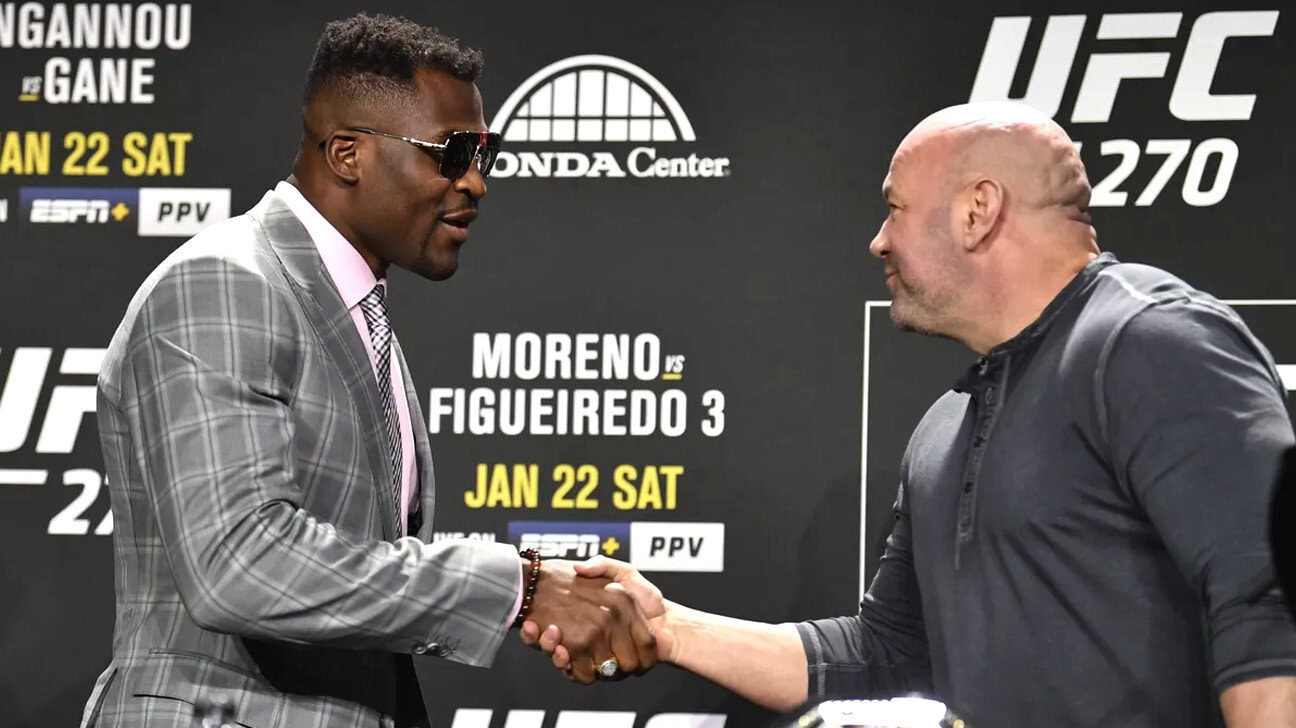
Source: spartacus-mma.com
Throughout my observation of the fighting landscape, I've witnessed skilled athletes limited by poor business decisions or exploitation due to lack of industry knowledge. Business acumen protects athletic investment.
Develop business mastery through:
- Educating yourself on contract structures and fighter rights
- Building relationships with reputable management
- Creating secondary income streams through teaching or content
- Long-term financial planning for post-fighting transitions
This business development protects your athletic investment while creating more sustainable career opportunities.
Final Thoughts on How to Get Into MMA Professionally
The journey to become an MMA fighter represents one of the most challenging paths in sports. It demands complete dedication across physical, technical, mental, and professional dimensions—yet offers rewards that extend far beyond championship belts or financial gain.
As someone who's spent decades in martial arts, I can attest that the true value lies in the personal transformation that occurs through this process. The discipline, resilience, and self-knowledge developed through fighting training creates character attributes that transcend competitive careers and serve practitioners throughout their lives.
Whether you pursue fighting professionally or simply train in these disciplines, the methodical approach outlined here will accelerate your development while preventing common pitfalls. The key lies in patience—building proper foundations before rushing toward competition.
For those with the dedication to follow this path, few pursuits offer the same potential for holistic development and self-discovery. The cage ultimately becomes a mirror, reflecting exactly who you are in moments of maximum pressure—a revelation that changes lives far beyond fighting careers.

Frequently Asked Questions
Can I start MMA with no experience?
Absolutely. Everyone begins somewhere, and reputable gyms welcome complete beginners. Start with fundamentals classes that teach basic movements and concepts before progressing to more advanced training. Focus on learning proper technique rather than trying to keep up with experienced practitioners.
How difficult is it to get into MMA?
MMA training is physically and mentally demanding, requiring dedication across multiple disciplines. While anyone can begin training, competitive success demands consistent effort over years. The difficulty varies based on athletic background, learning capacity, and commitment level.
What is the 12/6 rule in MMA?
The 12/6 rule prohibits downward elbow strikes moving from 12 o'clock to 6 o'clock (like the hands of a clock). These vertical elbow strikes are banned in the UFC and most major organizations due to safety concerns, though diagonal elbow strikes remain legal and highly effective.
Is 16 too old to start MMA?
Sixteen is an excellent age to begin MMA training. Many championship fighters started in their mid-to-late teens after backgrounds in other sports. This age provides a good balance of physical development and learning capacity, allowing for potentially reaching professional levels with dedicated training.
Do beginner MMA fighters get paid?
Amateur fighters typically don't receive purse payments, though some tournaments offer prizes. Early professional fights on regional circuits might pay $500-$1,500 per bout, barely covering training expenses. Significant earnings typically begin only after reaching major promotions like the UFC, Bellator, or PFL.



